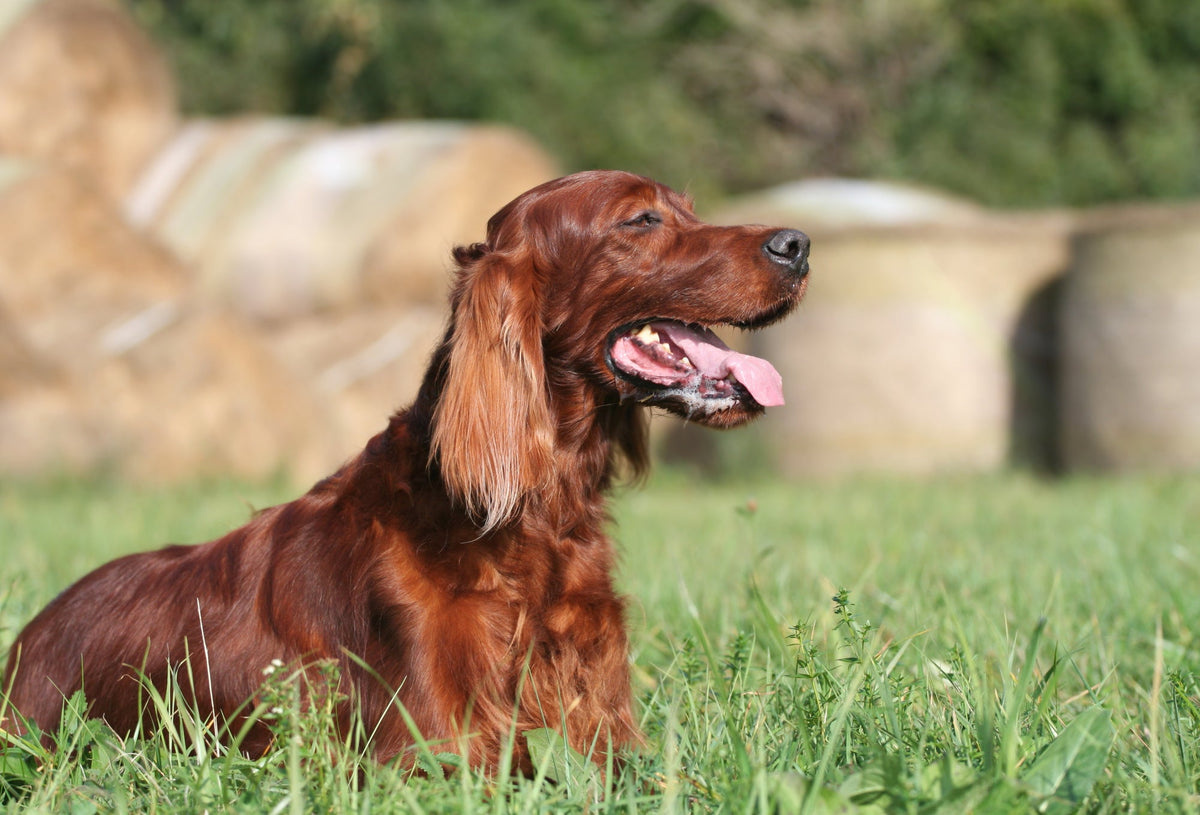

As summer temperatures soar, it's important for pet owners to stay alert to the dangers of heatstroke. This serious condition can quickly become life-threatening if not addressed in time. To help you protect your furry friends, this guide covers the signs of heatstroke, prevention strategies, and what to do if your pet shows symptoms.
What is Heatstroke?
Recognizing the Signs of Heatstroke in Pets
Spotting the early signs of heatstroke can make all the difference in getting your pet the help they need. Keep an eye out for these common symptoms:
1. Excessive Panting and Drooling
If your pet is panting heavily or drooling excessively, especially if the saliva is thick or sticky, they could be overheating.
2. Increased Heart Rate
A fast or irregular heartbeat is a warning sign that your pet is struggling to cool down.
3. Red or Pale Gums
Check your pet’s gums and tongue. If they appear red, pale, or grayish, it could indicate a lack of oxygen due to overheating.
4. Lethargy and Weakness
Overheated pets may become unusually tired, weak, or unwilling to move.
5. Vomiting and Diarrhea
Heatstroke can cause gastrointestinal issues, including vomiting and diarrhea, sometimes accompanied by blood.
6. Dizziness and Uncoordinated Movements
If your pet is unsteady on their feet or seems disoriented, they may be suffering from heatstroke.
7. Seizures and Collapse
In severe cases, heatstroke can cause seizures, collapse, or loss of consciousness—this requires immediate medical attention.
What Causes Heatstroke?
Understanding the causes of heatstroke can help you prevent it from happening. Here are the main factors that increase the risk:
High Temperatures and Humidity
Pets exposed to high temperatures and humidity for extended periods are at a higher risk.Lack of Shade and Ventilation
Leaving pets in areas without proper shade or airflow, such as a parked car, can quickly lead to heatstroke.Overexertion
Strenuous activity in hot weather can push pets beyond their cooling capabilities, especially if they aren't acclimated to the heat.Breed and Physical Condition
Brachycephalic breeds (like Bulldogs and Pugs) and pets that are young, elderly, or overweight are particularly vulnerable.Inadequate Hydration
Without access to fresh water, pets can become dehydrated and more susceptible to heat stress.
How to Prevent Heatstroke in Pets
Prevention is key when it comes to protecting your pets from heatstroke. Here are some practical tips:
Keep Them Hydrated
Ensure your pet always has access to fresh water. Consider placing multiple water stations around your home and yard.Avoid the Heat
Schedule walks and outdoor playtime for cooler parts of the day, such as early morning or late evening.Provide Shade and Cool Areas
Make sure your pet has a cool, shaded spot to relax. Indoors, use fans or air conditioning to maintain a comfortable temperature.Limit Strenuous Activity
During hot weather, keep exercise light and brief. Gradually acclimate your pet to the heat if necessary.Never Leave Pets in a Car
Even with the windows cracked, the temperature inside a parked car can skyrocket in minutes, leading to heatstroke.Use Cooling Products
Cooling vests, bandanas, or mats can help keep your pet's body temperature in check during outdoor activities.Groom Regularly
Regular grooming helps remove excess fur, which can trap heat. However, avoid shaving double-coated breeds, as their fur provides natural insulation.Monitor High-Risk Pets
Pay extra attention to brachycephalic breeds, as well as pets that are young, elderly, or have health issues.
First Aid for Heatstroke
If you suspect your pet is suffering from heatstroke, quick action is crucial. Here’s what you should do:
Move to a Cool Area
Immediately get your pet out of the heat and into a shaded or air-conditioned space.Offer Water
Provide small amounts of cool (not cold) water. Don’t force your pet to drink if they aren’t willing.Cool Your Pet Down
Use cool (not cold) water to wet your pet's fur. Place wet towels on their body, focusing on the head, neck, and chest. You can also use a fan to increase air circulation.Monitor Symptoms
Keep a close eye on your pet’s condition. If they don’t improve or show signs of worsening, proceed to the next step immediately.Seek Veterinary Care
Contact your veterinarian or an emergency animal clinic as soon as possible. Even if your pet seems to recover, they may need further treatment to prevent complications.

Long-Term Care After Heatstroke
Once your pet has been treated for heatstroke, they may require ongoing care and monitoring. Here’s how to help them recover:
Follow Your Vet’s Advice
Stick to your vet’s treatment plan, which may include medication, hydration therapy, and plenty of rest.Watch for Complications
Keep an eye out for any lingering issues, such as lethargy, loss of appetite, or behavioral changes. If anything seems off, contact your vet right away.Ease Back into Activity
Allow your pet to rest fully before resuming normal activities. Gradually reintroduce exercise, paying close attention to how they’re feeling.
Protecting Your Pet from Heatstroke
Heatstroke is a serious and potentially fatal condition, but it can be prevented with the right precautions. By keeping your pet cool, hydrated, and safe during hot weather, you’ll ensure they enjoy a healthy and happy summer. To support their overall well-being, check out Yummers Supplements for dogs and cats—because a strong, resilient pet is better equipped to handle the heat.




